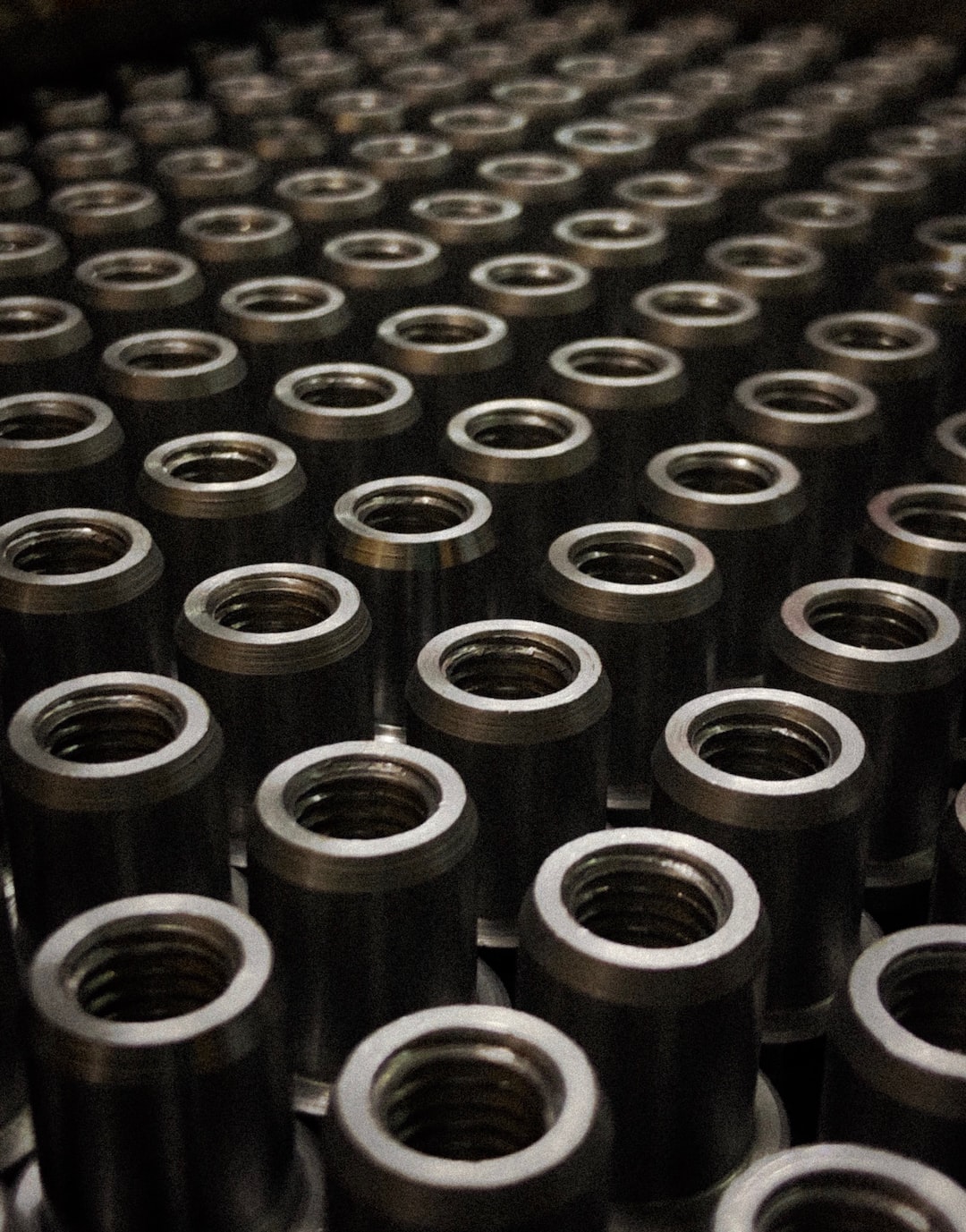The Rise of Smart Factories: Integrating Technology for Increased Efficiency
In today’s ever-evolving digital landscape, technology has become an integral part of our daily lives. From smartphones to smart homes, it seems that almost every aspect of our society is becoming “smarter.” This technological advancement has also made its way into the industrial sector, giving rise to the concept of smart factories. These emerging factories are making use of cutting-edge technologies to improve productivity, efficiency, and profitability.
So, what exactly is a smart factory? In its simplest terms, a smart factory is a highly automated and digitized manufacturing facility that utilizes advanced technologies such as artificial intelligence (AI), machine learning, and the Internet of Things (IoT) to streamline and optimize production processes. These technologies enable real-time data collection, analysis, and integration, resulting in increased operational efficiency and reduced costs.
One key technology driving the rise of smart factories is AI. With AI, machines can learn from experience, adapt to changing conditions, and carry out complex tasks that were previously reserved for human workers. For instance, AI-powered robots can perform repetitive tasks with precision and speed, eliminating human errors and improving production output. Manufacturers can also utilize AI algorithms to forecast demand, optimize inventory management, and provide predictive maintenance, ensuring that production runs smoothly and efficiently.
In conjunction with AI, the IoT plays a crucial role in creating smart factories. The IoT refers to the network of interconnected devices that can communicate and exchange data with each other. In a smart factory setting, various sensors, machines, and production equipment are connected to the internet and can transmit real-time data. This data can then be analyzed and used to monitor and adjust manufacturing processes in real-time, facilitating predictive maintenance, reducing downtime, and improving overall productivity. For example, a sensor-equipped machine can detect anomalies in its performance and automatically generate a maintenance request to prevent breakdowns or malfunctions.
Moreover, machine learning, a subset of AI, enables machines to learn from patterns in data and improve their operational efficiency over time. By analyzing historical data, machines can identify trends, correlations, and anomalies to optimize production processes and avoid potential bottlenecks. For example, using historical data, a machine learning algorithm can determine the ideal operating conditions for various manufacturing processes, resulting in faster production times and reduced energy consumption.
The integration of these advanced technologies in smart factories also brings significant benefits to manufacturers. Improved operational efficiency translates into cost savings, increased productivity, and higher product quality. By automating repetitive and mundane tasks, human workers can be freed up to focus on more complex and value-added activities. This shift in workforce dynamics can lead to a more engaged and motivated workforce, which, in turn, results in higher productivity and innovation.
The rise of smart factories not only benefits manufacturers but also has broader implications for the economy and society as a whole. As smart factories become mainstream, they create new job opportunities that require a different skill set. With the advancement of technology, workers will need to acquire new skills such as data analysis, programming, and robotics. Additionally, the increased adoption of smart factories can lead to sustainable manufacturing practices through reduced energy consumption, optimized resource utilization, and reduced waste generation.
In conclusion, the rise of smart factories is revolutionizing the manufacturing landscape by integrating advanced technologies to drive efficiency and profitability. Through the use of AI, machine learning, and the IoT, these factories are transforming traditional manufacturing processes into highly digitized and automated operations. The benefits are clear – increased productivity, improved product quality, and cost savings. As the march towards Industry 4.0 continues, it is imperative for manufacturers to embrace these technological advancements and leverage them to stay competitive in a rapidly evolving global market.

